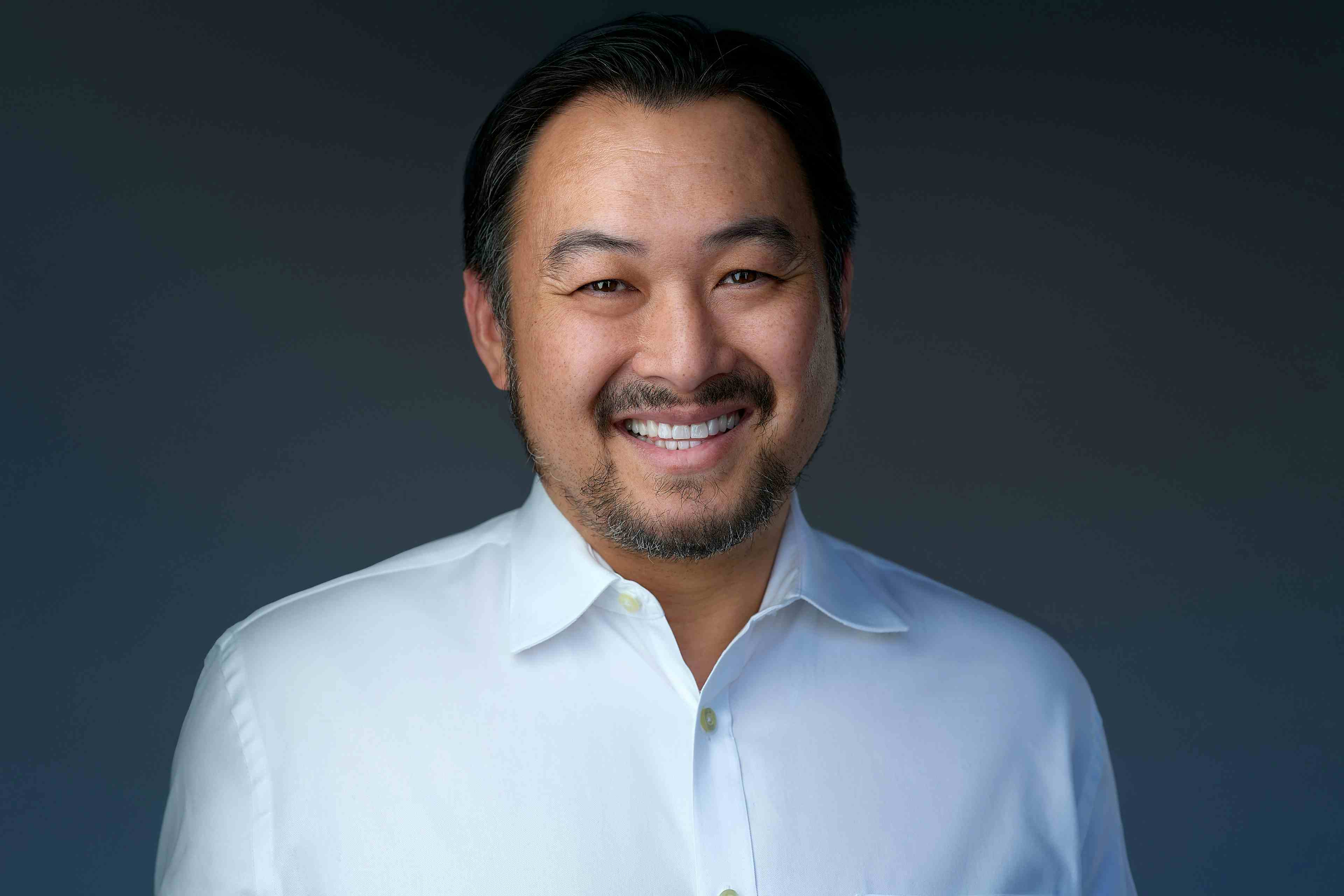The Keys to Effective Hybrid Care: Simplify, Streamline and Adapt
In the post-pandemic future, we will likely see that hybrid patient care models are the norm. As hospitals and health systems plan for this shift, they’ll need to consider two critical factors.
In the post-pandemic future, we will likely see that hybrid patient care models are the norm. As hospitals and health systems plan for this shift, they’ll need to consider two critical factors.
First, the COVID-19 crisis has led to the widespread adoption of telehealth and increased the demand for care outside of the traditional primary care setting. While this has had the positive effects of improving access to care and exposing both patients and providers to new avenues of receiving and delivery care, it has also created opportunities for care fragmentation. The convenience of getting a medication refilled through a direct-to-consumer app or getting treatment for a low-acuity condition at a retail clinic comes at the cost of coordinated care, with no one provider, including the patient’s primary care doctor, having the full clinical picture. Health systems need strategies and digital tools that can not only provide convenient, accessible care for their patients but that can also preserve continuity of care.
The second factor is the widespread and worsening problem of clinician burnout. While there are many contributing factors, increasing administrative burden is one of the predominant ones. Numerous studies have shown that for every hour that a provider spends with patients, there is an associated two hours of administrative work in the EMR. This in turn leads to significant disruptions in work-life balance and compromises professional fulfillment. And we know that provider experience and patient experience are inextricably tied.
Unburdening administrative workloads for providers is a key step for both provider engagement as well as patient satisfaction. Achieving an effective hybrid patient care model that is convenient, improves access, preserves continuity of care, and addresses clinician burnout requires taking a step back and revising the healthcare ecosystem as a whole. The right virtual care solutions that effectively integrate automation of the clinical interview and clinician workflows can create a care framework that’s far more efficient, restores professional fulfillment, and leads to improved patient satisfaction and better patient health outcomes.
Here are four key steps for health systems to consider as they shift to an effective hybrid care model:
- Simplify care navigation. The appeal of getting care through a direct-to-consumer app is ease and accessibility. By contrast, navigating the traditional healthcare system to get the right care is often time-consuming and frustrating. Health systems can seamlessly offer both telehealth and face-to-face provider visits by automating patient navigation. Easy-to-use digital tools can collect relevant patient information – including demographic data, insurance information, chief complaint, and physical location – and then direct them to the most appropriate avenue of care within your health system. This ensures that patients receive the right care the first time, preserves continuity of care, and increases patient retention.
- Automate clinical workflows. While digital tools have shifted where healthcare is delivered, they haven’t done much to improve the administrative burden for providers. In fact, in some cases, these tools have increased the stress and burden of charting and documentation. To solve this problem, health systems need to implement digital tools that automate clinical workflows -- tools that automate clinical interviews as well as clinical documentation. Seamless integration of these tools with EHRs supports continuity of care within a health system. Taking it a step further, care automation allows clinicians to get back to being clinicians. With the right digital tools in place, providers can spend more time providing care and building quality patient relationships, and less time on administrative tasks.
- Streamline the treatment of low-acuity conditions. Low-acuity conditions account for upwards of 50% of the visits in a typical primary care or urgent care setting, and many of these conditions can be treated using asynchronous virtual technology. Also known as “store-and-forward” services, this care option does not require real-time interaction between a patient and a provider. At their convenience, a patient can complete a comprehensive, online clinical interview that is then compiled into an easy-to-read progress note for the provider to review. Once the provider has reviewed the clinical history, they can choose from a list of treatable diagnoses and provide evidence-based treatment options for that particular condition. This treatment plan is communicated back to the patient via secure messaging. This takes less than 2 minutes of provider time and in the majority of cases, patient wait times are cut down to an average of 6 minutes. Additionally, 29 states and the District of Columbia have enacted telemedicine payment parity laws as of early 2021, which requires private payers to reimburse for asynchronous care the same as they would for in-person care.
- Retain patients within your system. By offering convenient and accessible digital tools like asynchronous care, health systems can compete with direct-to-consumer healthcare options and promote patient retention. Interoperability and integration with EHRs will result in better quality outcomes and lower cost of care.
Because of the COVID-19 pandemic, health systems have made enormous strides in telehealth adoption and implementation, and these changes will likely become a vital part of hybrid patient care models moving forward. The opportunity now is to use these digital tools to address provider shortages, reduce provider burnout, and make clinical workflows more efficient, while simultaneously enhancing care navigation, increasing access, and improving patient satisfaction.
Dr. Christina Chen is the Medical Director at Bright.md, a leading virtual care solution trusted by health systems to automate clinical workflows and administrative tasks, improving patient and provider engagement and driving operational efficiency.
Extending the Capabilities of the EHR Through Automation
August 2nd 2023Welcome back to another episode of "Tuning In to the C-Suite," where Briana Contreras, an editor of Managed Healthcare Executive, had the pleasure of chatting with Cindy Gaines, chief clinical transformation officer at Lumeon.
Listen
Automate Your Practice's Workflows with These 5 Tools
October 4th 2023To maintain patient satisfaction and regulatory compliance and reduce potential clerical errors while maintaining high productivity, you can ease your staff’s burdens by automating your practice’s workflows and empower your staff to do more in less time.
Read More












